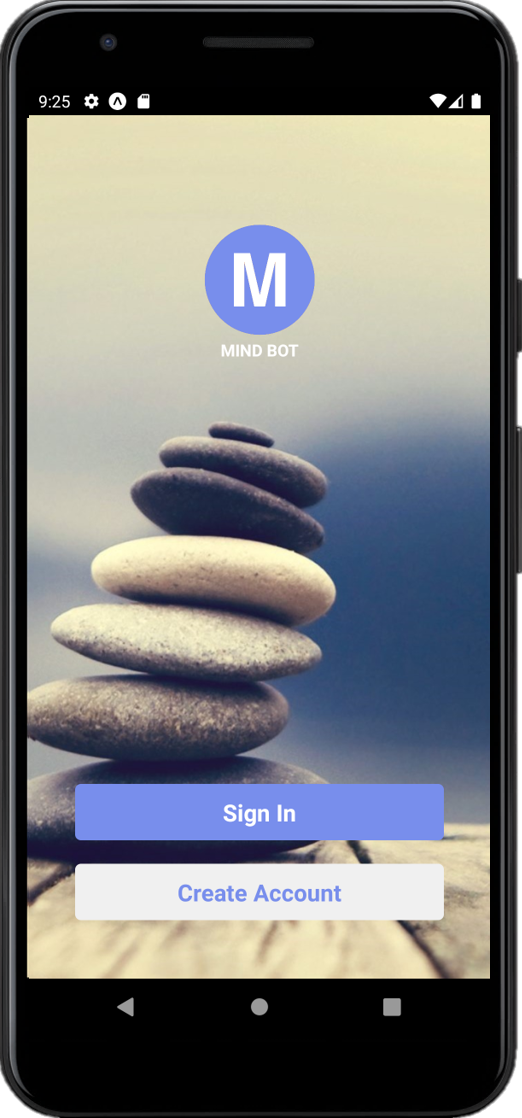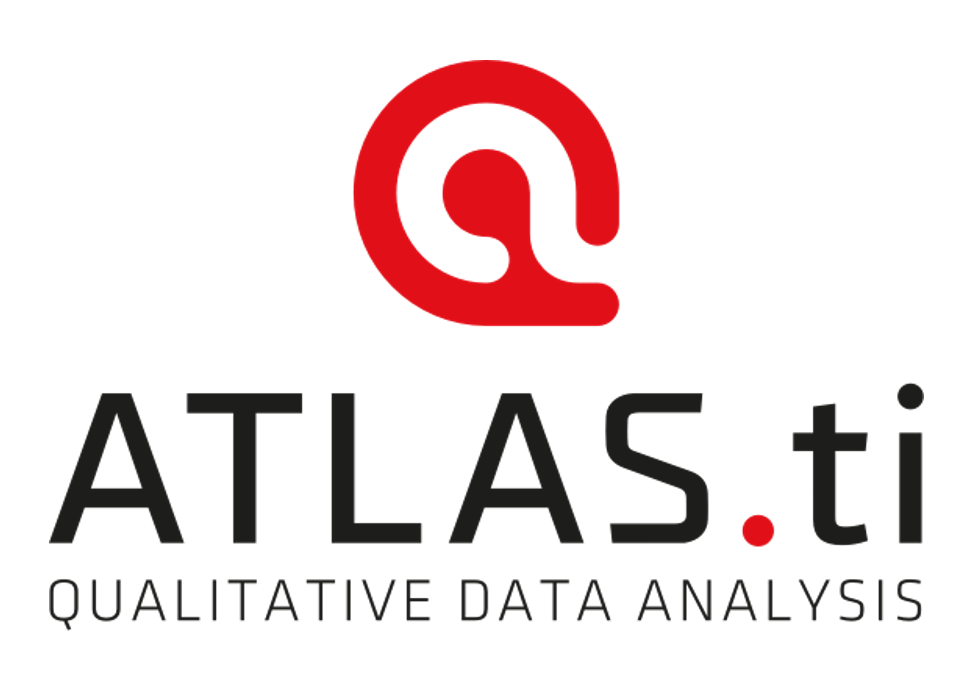MindBot Application
Researcher • Mobile, browser app • 2019-2022


The Problem
Due to the pandemic there was an increase in stress among many people, but as our research showed, it was especially difficult for individuals living with autism.
Working under the NEAT LAB at Western Washington University, Ethan Karlinsey, Prab Deol, Kohl Nguyen, and I worked as a team to provide a way to address this increase in stress and anxiety sincerely and sustainably. Research done by Ashima Shrivastava paved the way toward this solution. Ashima, Gabriel Lam, and I researched throughout the process to assist in our implementation.

Participants in the study

Program for qualitative research or qualitative data analysis
The Research
The research during the implementation involved interviewing 15 participants. Before any interviews, we read and took notes on several research papers to design a prototype design. The interview process involved adjusting to each participant but followed a checklist. This list involved asking about the stress in their daily lives, how the pandemic affected them, what they did to cope, and their thoughts on the prototype. After conducting the interviews, it was essential to code and interpret the dialogues. To code, we needed to listen to the recorded interviews, highlight different conversations, and take notes on parts of the conversations that were points of interest. The program, AtlasTI, streamlines this process. Our findings are in a drafted research paper.
The research Ashima had done before the rest of us joined the project provided us with three main pages used to make the prototype design.
Mindfulness Page
Breathe in, now breathe out. This page allows users to practice mindfulness. The idea was to offer guided practices with videos or podcasts that allowed users to work on their mental health each day.
ChatBot Page
How was your day? By utilizing the existing technologies, we can offer users mental relief. Most people find it very helpful to have someone to talk to about their day and how they are feeling. Having an AI Chatbot could help users destress without worrying about privacy.
Instant Page
Sometimes there are emergencies where potential users would need immediate help. For example, when they find themselves in a very stressful time. There was a lot of discussion about what would best be a fit for this goal. For this reason, we asked participants what they would prefer to see here.
While doing these interviews before and during development, we introduced some of the features that we saw as most beneficial: The requested features include:
- Personalization: Users would be able to customize their experience.
- Conveying emotion: Sending emotions with messages to better understand the context between the chatbot.
- Natural Conversation: A human-like conversation with a chatbot that would mimic having a text conversation with a friend.
- Nature-like: Lastly, a natural feel and relaxed aesthetic to the app.
We used these findings to help us develop an app that matched the wants of potential users.

Prototype 'Main menu'

Prototype 'Mindfulness'

Prototype 'Chat with bot'
Implementation
With all these ideas and the input from potential users, it was time to implement our proof of concept. We sat down and talked about what framework would work best. We decided that we would use a framework made by Meta called Expo. Expo worked perfectly for us because it allows the same code to compile into a mobile app and a website without having two separate codebases. We also liked that it offered fast refresh and true native capabilities.
As for the main feature, we needed to implement the conversations that would take place with the bot. To do this, we used the already existing technology. This technology was the Huggingface DialoGPT model. This model was pre-trained on Reddit data. With this model, the app could carry out multiturn conversations with users. However, there was a downside to using the model. We needed a dataset that offers more family-friendly responses than learning from Reddit comments. It is not necessarily ideal for a therapeutic setting. Updates to this application involve searching for a data set that is more like how a professional therapist would speak with their patients.

Meta's Expo Framework

Hugging face
Finally, we needed a database to record chatbot responses, carry account credentials, and account details. We decided to use a service called Firebase. Firebase is used to create mobile and web applications, but we use it to manage our data.
In the end, we decided to feature four App navigation stacks. The log-in, registration, and welcome screen are all a part of the Auth Stack. There are the settings, mindfulness, and chatbot Stacks, each with their respective screens.

App Navigation

Database communication